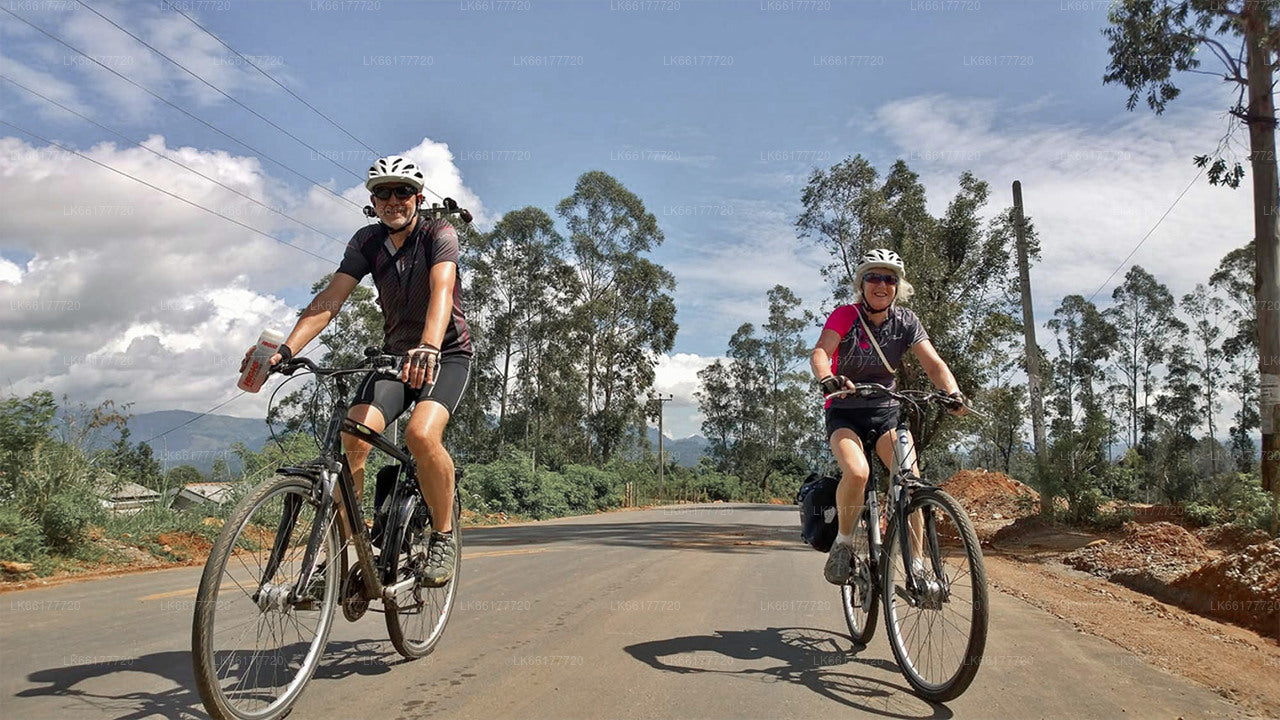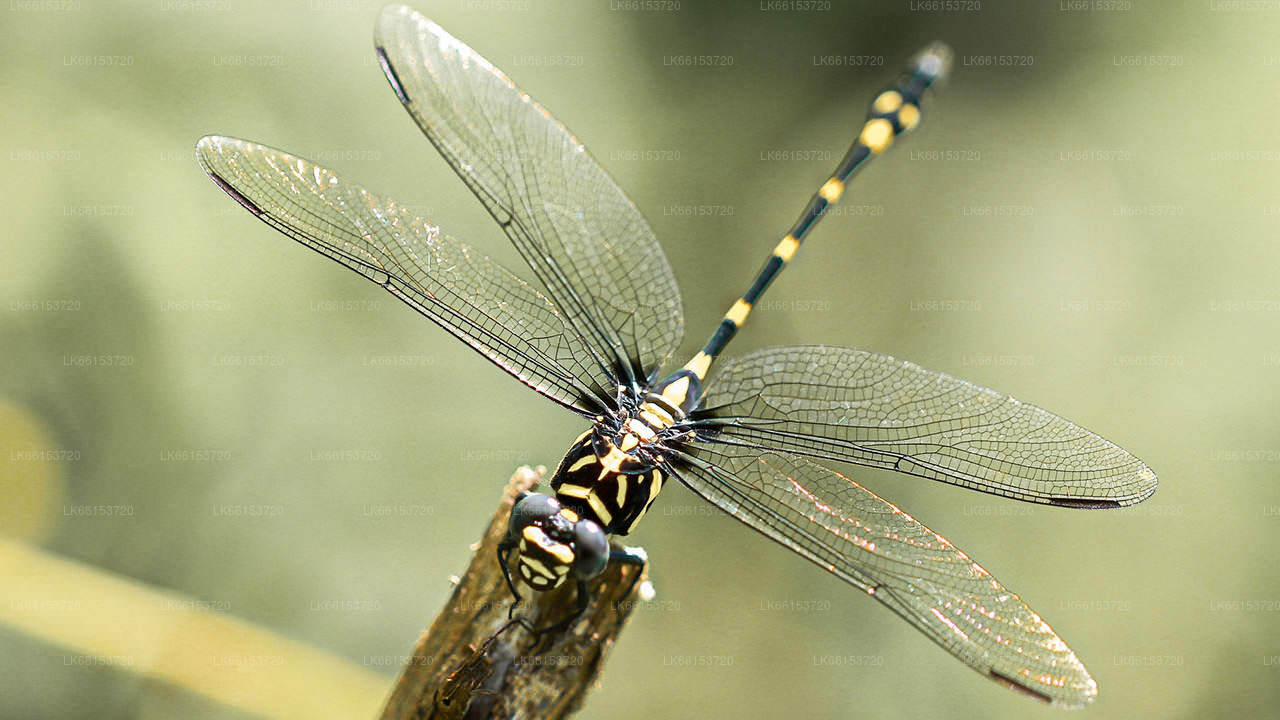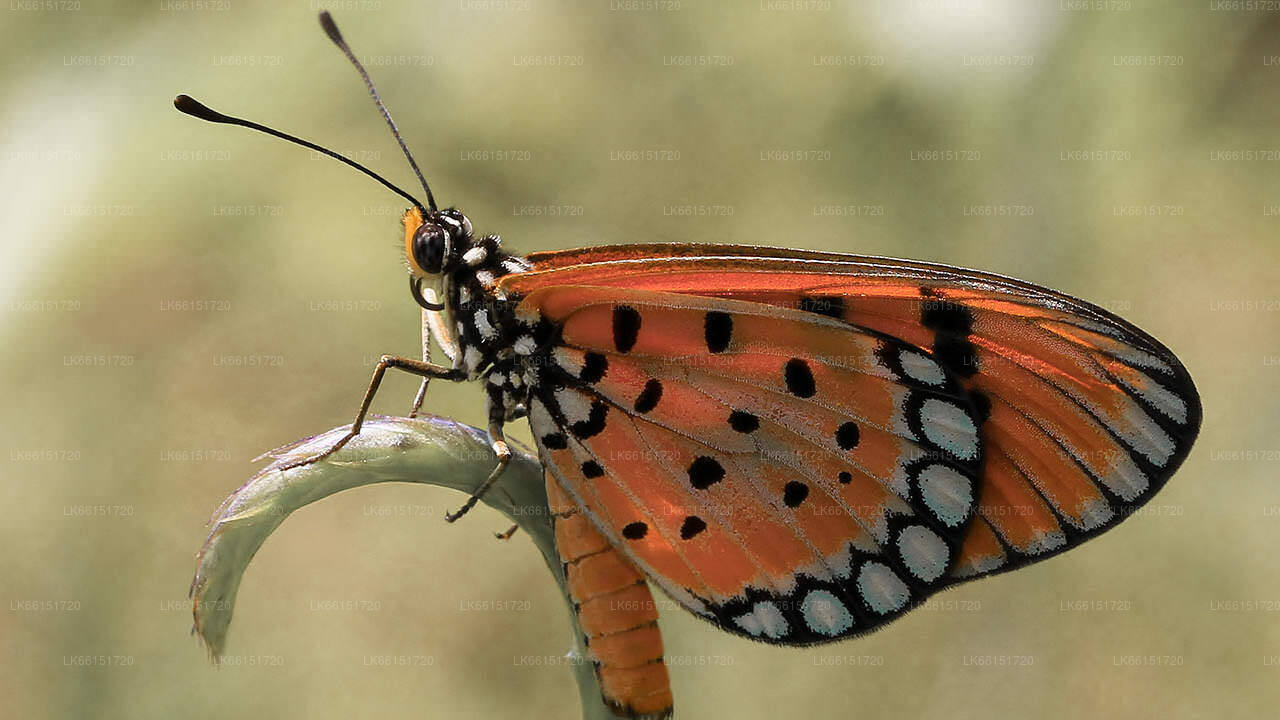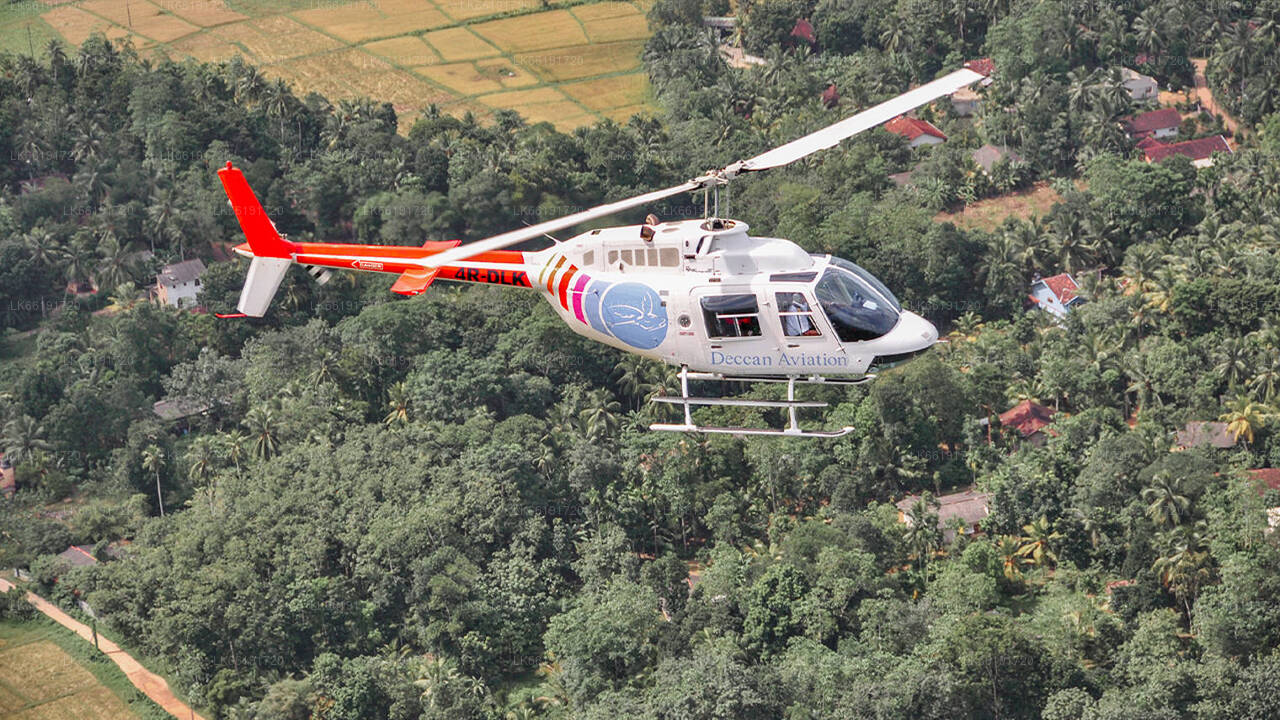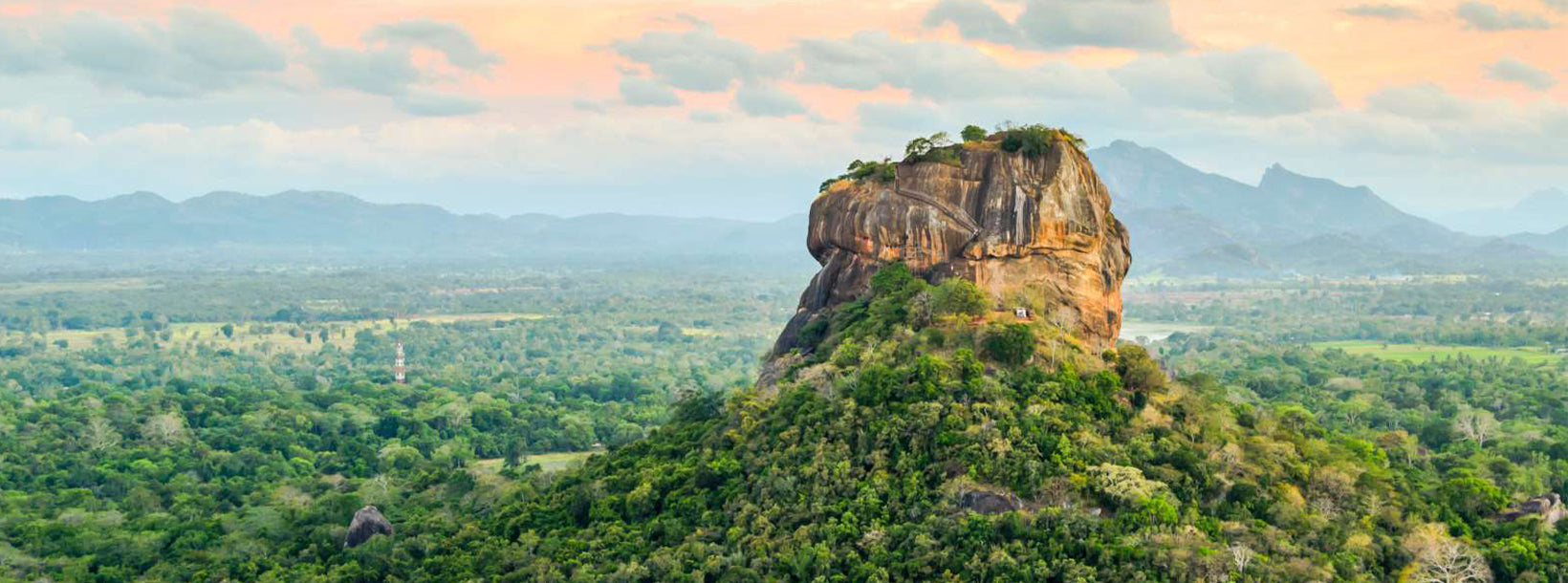
Miasto Sigiriya
Sigiriya, wpisana na Listę Światowego Dziedzictwa UNESCO na Sri Lance, to starożytna skalna forteca i pałac z zachwycającymi freskami i rozległymi ogrodami. Wznosząca się majestatycznie nad równinami, jest świadectwem bogatej historii i architektonicznej pomysłowości wyspy. Odkryj urzekające piękno i znaczenie kulturowe Sigiriya.
Sigiriya Museum
The museum in Sigiriya is well known to be the most attractive in South Asia, managed by the Central Cultural Fund. Sigiriya Museum represents its cultural, technological and archaeological value. Three decades of archaeological research on Sigiriya, the famous UNESCO world heritage site, can be explored at the Sigiriya Museum.
The design of the museum was inspired by the sophisticated design of Sigiriya itself. It followed the concept of Green Building with the mastery use of water and the use of trees so that it stimulates a true experience. Furthermore, the floors are built so that visitors can feel the Sigiriya climb through the ascending terraces and the wide stairways.
Established in 2009, the museum contains galleries depicting the excavation efforts carried out at Sigiriya. The way it was structured is an excellent example of green building technology, as it was expertly constructed around the massive and mighty trees that have reigned the area for eons, roots-deep, as well as natural water springs.
The museum has three floors, designed to suit the pre-existing levels within the rock itself. Introductions to the exhibits and guides are available in the three main languages (Sinhala, Tamil and English) in the museum lobby.
To enter the museum, you have to make your way through a tunnel, and once you reach the first level, you’ll be greeted by the protohistory section of the museum, which contains a bunch of artefacts, including age-old pots and implements made of iron.
The next level is dedicated to the monastic era of Sigiriya, and thus includes many exhibits from that period. Glass panels provide you an overhead-view of the rock fortress’ attractions, including the water gardens at its entrance, the rusty mirror wall, and even the summit.
- Entrance fees are included in your tickets to the Sigiriya Rock Fortress.
- Sigiriya Museum is open from 8 a.m. to 5 p.m. all week.
- Not permitted get the photography in the Sigiriya Museum.
O prowincji centralnej
Prowincja Centralna Sri Lanki składa się głównie z terenów górzystych. Prowincja ma powierzchnię 5674 km² i liczy 2 421 148 mieszkańców. Do większych miast należą Kandy, Gampola (24 730), Nuwara Eliya i Bandarawela. Ludność jest mieszanką Syngalezów, Tamilów i Maurów. Zarówno stolica gór Kandy, jak i miasto Nuwara Eliya znajdują się w Prowincji Centralnej, podobnie jak Sri Pada. Prowincja produkuje dużą część słynnej herbaty cejlońskiej, uprawianej przez Brytyjczyków w latach 60. XIX wieku po tym, jak wyniszczająca choroba zniszczyła wszystkie plantacje kawy w prowincji. Prowincja Centralna przyciąga wielu turystów, a jej górskie miejscowości, takie jak Kandy, Gampola, Hatton i Nuwara Eliya, to popularne górskie kurorty. Świątynia Zęba, zwana Dalada Maligawa, jest głównym miejscem świętym w prowincji Centrel. Klimat jest chłodny, a wiele obszarów położonych na wysokości około 1500 metrów n.p.m. charakteryzuje się chłodnymi nocami. Zachodnie stoki są bardzo wilgotne, w niektórych miejscach spada tam prawie 7000 mm deszczu rocznie. Wschodnie stoki należą do strefy średniosuchej, ponieważ deszcz pada tam wyłącznie z monsunu północno-wschodniego. Temperatury wahają się od 24°C w Kandy do zaledwie 16°C w Nuwara Eliya, położonej 1889 m n.p.m. Najwyższe góry Sri Lanki znajdują się w Prowincji Centralnej. Teren jest w większości górzysty, z głębokimi dolinami. Dwa główne regiony górskie to masyw centralny i pasmo Knuckles na wschód od Kandy.










